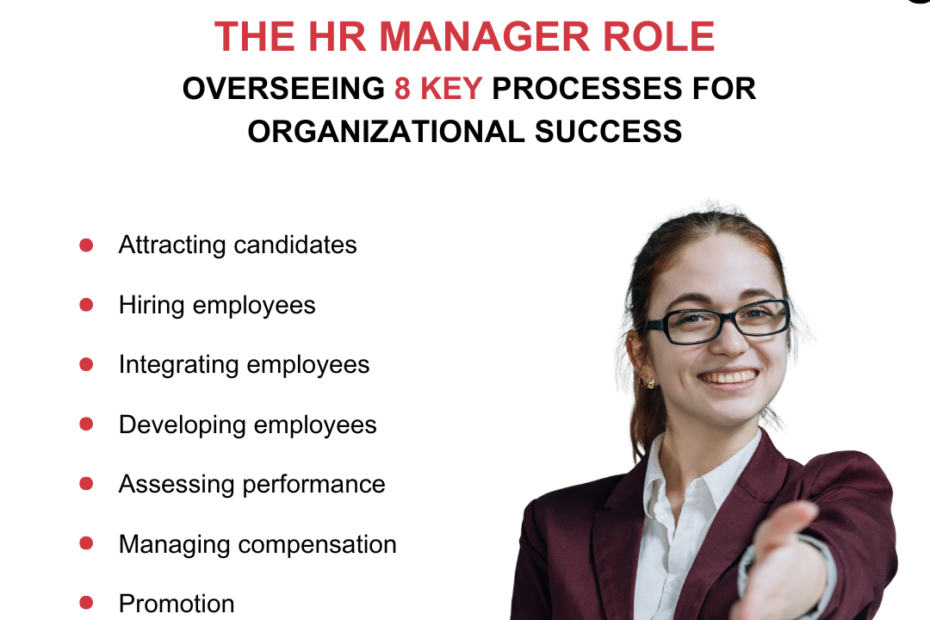The HR manager role – regardless of the job title – embodies the professionalism of someone who oversees and implements 8 key processes dedicated to the development of the company’s cognitive capital, processes that play a crucial role in the value proposition of knowledge-intensive industries. But in practice, what should this role entail?
1. Attracting Candidates
The process of attracting candidates involves all activities aimed at generating interest from the most qualified professionals for a particular job position. This process includes actions for employer branding, recruitment marketing, building partnerships with educational and training institutions, organizing recruitment events, head-hunting, and active recruitment.
2. Hiring Employees
The hiring process focuses on selecting the right candidates from those who have been attracted, and it is one of the most critical aspects of human resources. This process involves stages such as candidate selection, reference checks and background verification, drafting and negotiating employment contracts, and finalizing the contract signing. It includes managing the negotiation of contract terms such as salary, working hours, and benefits.
3. Integrating Employees into the Organization
Employee integration is the process that helps new hires adapt and feel like an integral part of the organization. It includes onboarding to company processes and culture, introduction to teams and the work environment, initial training, and mentoring.
4. Developing Employees
Employee development is an ongoing process aimed at improving employees’ skills and performance to achieve both individual and organizational goals. It includes the creation of continuous training programs (including upskilling and reskilling), coaching and mentoring activities, career development planning, and soft skills development.
5. Assessing Performance
The performance assessment process involves monitoring and measuring employees’ performance to improve productivity and identify areas for development. It includes setting goals and KPIs/OKRs, conducting periodic evaluations, providing continuous and regular feedback, and co-designing improvement plans.
6. Managing Compensation
Compensation management refers to defining and administering salaries, bonuses, and employee benefits. It includes creating salary policies, managing benefits and incentives, forecasting MBO (Management by Objectives), and monitoring the compensation market.
7. Promotion
Promotion involves the process of advancing an employee within the organization and is based on internal selection processes, managing career development plans, and defining and assessing promotion criteria.
8. Retaining Good Performers vs Voluntary Exiting the Workplace
The retention process focuses on identifying and keeping employees who significantly contribute to the organization’s success. Meanwhile, voluntary exit refers to managing employees who decide to leave the company. This includes creating retention initiatives, analyzing exit reasons (offboarding), and adapting company policies.
These HR processes are all interconnected and contribute to the well-being of both the organization and its employees. A strategic approach to each process ensures that human resources are valued and that the company can achieve its goals through human capital.
